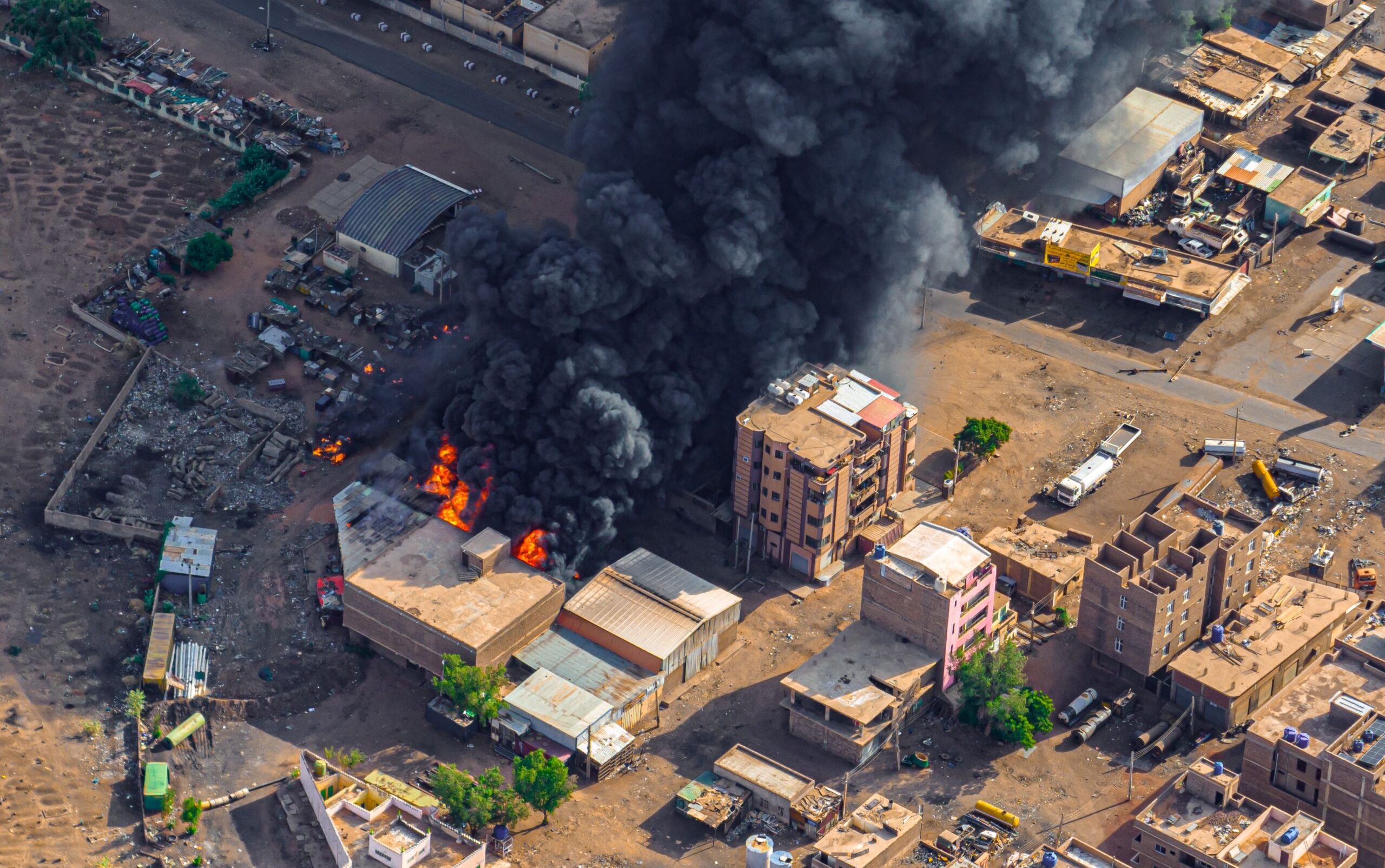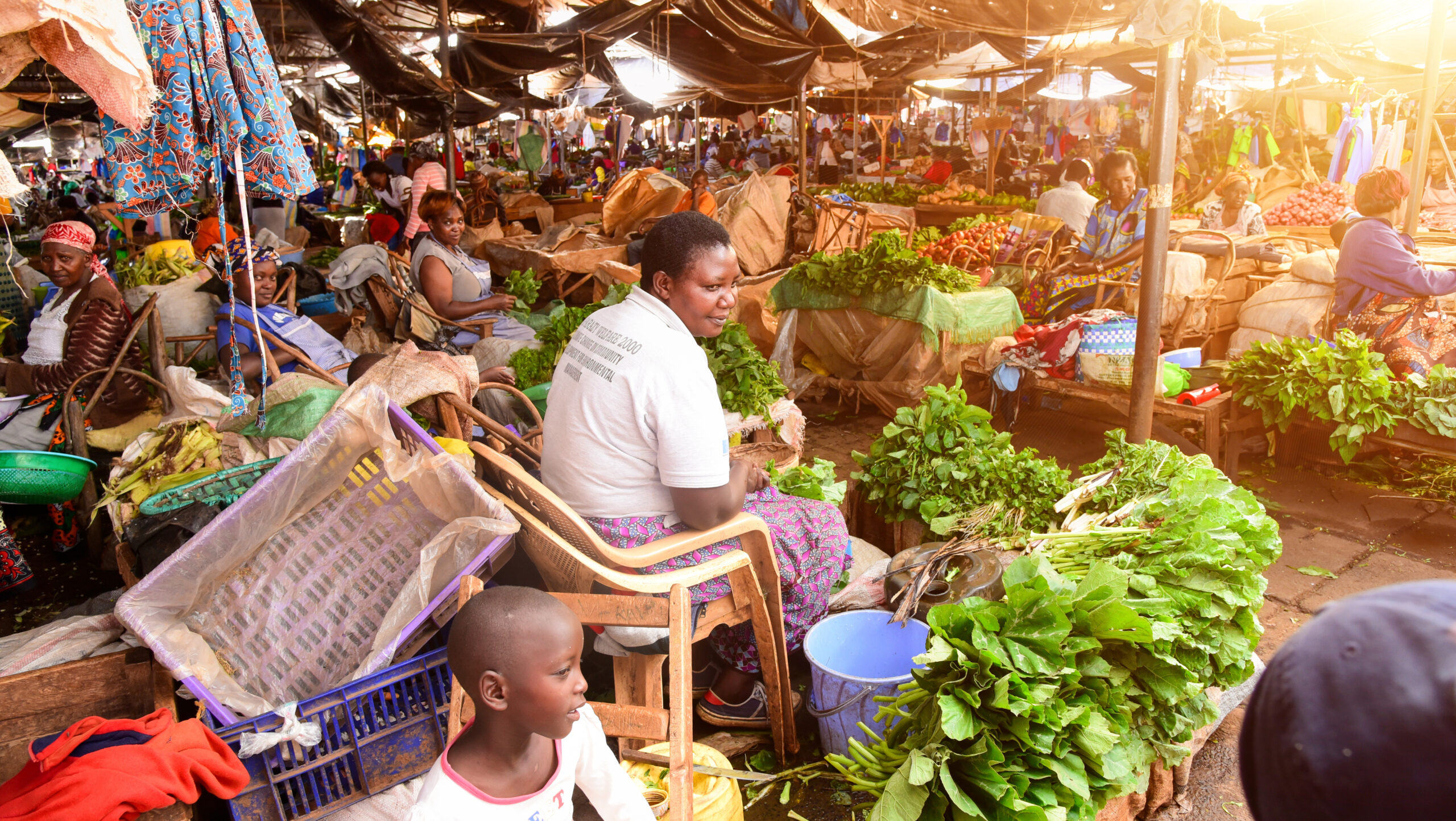The United Nations recently warned of the risk of famine in Sudan. The war between the army and the paramilitary Rapid Support Forces has killed civilians and devastated livelihoods on a massive scale. Around 18 million people are already acutely hungry, including 3.6 million children who are acutely malnourished.
IFPRI Research Fellow Oliver Kiptoo Kirui, who co-authored the recent IFPRI-UNDP Sudan National Household Survey report—conducted in the midst of war—provides insights on the scale of the country’s food emergency.
What’s the food security situation in Sudan?
Acute food security is measured on a widely accepted 5-stage classification. It increases in severity from “minimal” through “stressed”, “crisis”, “emergency,” and “famine”. This scale is intended to help governments and other humanitarian actors quickly understand a situation and take action.
Sudan’s food security has dramatically worsened due to ongoing conflict and economic decline. As of mid-2024, over 20.3 million people (more than 42% of the population) are facing high levels of acute food insecurity.
Some are in the crisis stage. Others have slipped into the emergency phase. This indicates severe food shortages and widespread hunger.
Rural households are especially hard hit due to disrupted agricultural activities, limited access to markets and soaring food prices. Together, these factors have severely affected household food security, particularly in conflict areas.
The conflict has disrupted agricultural production and trade routes. At the same time, the economic crisis fueled by the war has led to hyperinflation, with food prices being 350% above the five-year average. Many people can’t afford food.
Rural areas have been particularly hard hit. As many as 40% of farming households did not till their land for planting. And those who did have been unable to plant or harvest crops because of insecurity. Food has become much scarcer.
The conflict has displaced people, too, placing Sudan in the highest displacement crisis in the world. This has further strained food resources as displaced populations seek refuge in regions where resources are already scarce.
What do we know about the scale of the emergency?
The latest UN reports indicate a humanitarian crisis. Around 9.2 million people have been displaced since mid-2023. Access to food remains a critical need, particularly in Darfur and Kordofan. Rising levels of hunger and severe acute malnutrition are expected to lead to more deaths if there isn’t urgent action.
In a recent IFPRI-UNDP analysis, more than half of rural households reported consuming less food—for example, skipping meals or reducing meal sizes. This underscores the urgent need for immediate and sustained humanitarian assistance.
Displacement and food insecurity in Sudan are worse than ever before. The disruption of livelihoods and markets has left millions in desperate need of help.
The UN emphasizes the need for urgent and comprehensive humanitarian interventions to prevent a full-scale famine. The high prevalence of severe acute malnutrition among children is particularly alarming. It’s a warning of a looming public health disaster.
What were Sudan’s food vulnerabilities before the war?
Before the current conflict, Sudan already faced food security challenges. These included economic instability, high inflation and frequent climate shocks such as droughts and floods. Agricultural production was often below average. Many regions depended on food imports, which were easily disrupted by logistical challenges.
Before the war, rural households had to deal with poor infrastructure, lack of agricultural inputs and limited extension services. The current conflict has made them even more vulnerable.
Sudan’s agricultural sector struggled with numerous problems, like outdated farming practices, lack of investment and inadequate infrastructure. Frequent climate shocks, such as droughts and floods, added to these issues, leading to chronic food production deficits.
Economic policies and political instability had already weakened the country’s ability to import food, making it heavily reliant on erratic local production.
What should a local and international response look like?
Improved access to credit, better farming techniques, broadened and deepened social protection, and resilient infrastructure could help build long-term food security.
Well-coordinated humanitarian assistance that reaches the most vulnerable populations is crucial for immediate relief and recovery.
Both local and international responses need to be robust and multifaceted. These include:
Immediate humanitarian aid: Rapid deployment of food aid and nutritional support is crucial. This includes opening and maintaining secure humanitarian corridors for uninterrupted aid delivery. Immediate action is needed to prevent starvation and reduce malnutrition rates, particularly among children and other vulnerable groups.
Support for agricultural production: Providing farmers with seeds, tools and training can help increase local food production and farmers’ resilience. Initiatives to improve water management and irrigation infrastructure are also essential. Long-term investments in sustainable farming practices and infrastructure are necessary to rebuild and stabilize the agricultural sector.
Economic support: Stabilizing the economy through financial aid, reducing inflation and ensuring the availability of affordable basic goods can mitigate the crisis. Economic interventions should focus on supporting livelihoods and enhancing market access to make food more affordable and available.
Conflict resolution and security: Efforts to mediate the conflict and establish peace are fundamental to allow safe access for humanitarian efforts. This will also enable people to return to their livelihoods. Without a resolution to the conflict, sustainable food security cannot be achieved. Peace-building initiatives must be prioritized to create a stable environment for recovery.
International coordination: A coordinated international response is necessary to ensure efficient use of resources and to address the needs of displaced populations. Collaboration and resource-sharing among humanitarian actors can enhance the effectiveness of aid delivery and ensure that assistance reaches those most in need.
Oliver Kiptoo Kirui is a Research Fellow with IFPRI’s Development Strategies and Governance Unit, based in Khartoum. This post first appeared on The Conversation. Opinions are the author’s.







